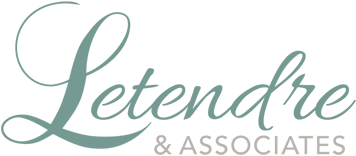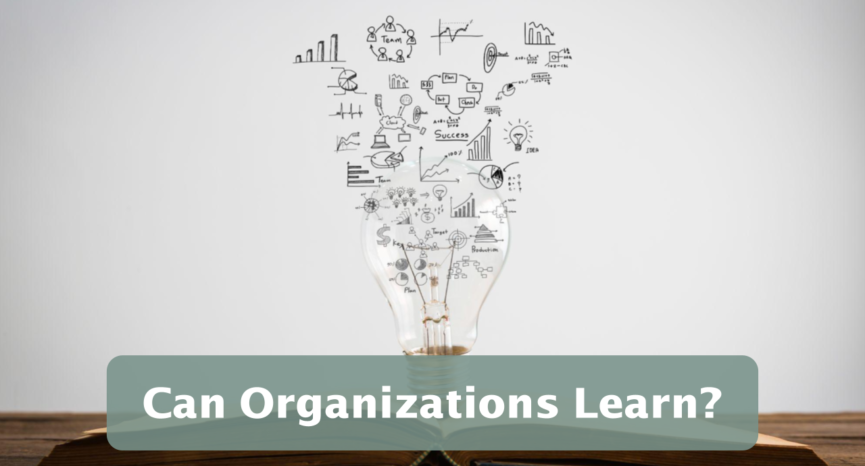Can Organizations Learn?
When we think of learning, we most often think of individuals. Individuals acquiring new knowledge, a new skill, gaining insights through an experience, and the like.
But organizations can learn as well. And organizations that systematically learn create a distinctive advantage.
In high-performing organizations, organizational learning occurs routinely. Here are some examples:
- In strategic planning, organizations that examine their internal and external environments, determine their strategic advantages and challenges, and assess their past track record of executing on strategic priorities, are learning. When they translate these insights into actions, they are applying their learning.
- Organizations that conduct root cause analysis when faced with a problem are learning. They explore with curiosity the factors holding them back and uncover the elements with highest leverage to achieve increasing levels of performance.
- Organizations who have approaches in place to listen to the voice of the customer are more likely to design new services and enact improvements that will be valued by their clients. Organizational learning is accelerated when this customer information is analyzed and shared broadly within the organization.
- Likewise, organizations that actively seek to understand the drivers of staff engagement, satisfaction, and dissatisfaction through various methods and then act on the findings are learning. They are not making assumptions about what most matters to staff, but are gathering evidence to inform priorities.
- Organizations that conduct an After-Action Review (or post mortem) after the completion of initiatives are more likely to extract the learnings needed for future success. Whether successful or not, we can learn from all projects when we seek to understand what worked and what didn’t.
- Measurement is a hard-wired system of organizational learning. Graphing our key performance indicators over time, examining patterns, and monitoring tests of change for their impact on results, this is a robust organizational engine for ongoing learning.
- In benchmarking, the best organizations first understand their own process and its performance deeply; then seek to understand how benchmark organizations achieve higher levels of performance. Results first, methods second, that is the art of learning through benchmarking.
- An organization’s improvement process should be a vehicle for organizational learning. Through a step-by-step approach, we understand the cause-and-effect relationships that will most improve performance; we design small experiments — tests of change — before deploying solutions widely; we scale improvements when positive results demonstrate the effectiveness of solutions.

If you’d like to receive these Inspirations in your inbox every other week, you can subscribe to Kathy’s Excellence Advantage Inspirations Newsletter.
Kathy Letendre, President and Founder of Letendre & Associates, advises organizations and leaders to create their excellence advantage.
Contact Kathy by phone or text at 802-779-4315 or via email.

